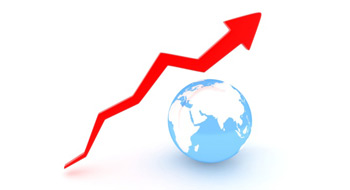

The old approach to investing needs to be revisited, according to a report from Russell Investments Canada.
The report, The Move to Multi-Asset, says equities and fixed income will still be an important part of investment portfolios, but investors need to consider other assets.
“While fixed income will continue to play a critical role for investors, it can no longer play the only role,” the report states. “Similarly, equities can no longer be viewed as a singular source for boosting returns: diversifying equity risk within an asset allocation is vital going forward.”
Favourable returns over the past decade may have biased a traditional balanced growth approach toward stocks and bonds. For Canadians, the equity portion may be mainly domestic. Investors that rely on past experiences may hurt their portfolio’s ability to achieve its full potential.
Diversifying globally
Canada represents 4.4% of the global equity market capitalization and about 3.5% of the global fixed income market capitalization. For portfolios that are mainly domestically focused, diversification can be achieved by investing abroad.
Global high-yield bonds and emerging market debt are asset classes that should also be considered. While they may be considered riskier, the risk and return characteristics have traditionally fallen between fixed income and equities.
Real assets such as global infrastructure, global real estate and commodities may also be crucial diversifiers. These assets are also tangible and can potentially provide inflation protection.
And frontier markets and Canadian small cap equities can potentially enhance returns. While they are not recommended as core holdings, they can improve diversification.
The report concludes that taking an approach that introduces asset classes to diversify sources of income and return should improve the total risk-adjusted return experience.
